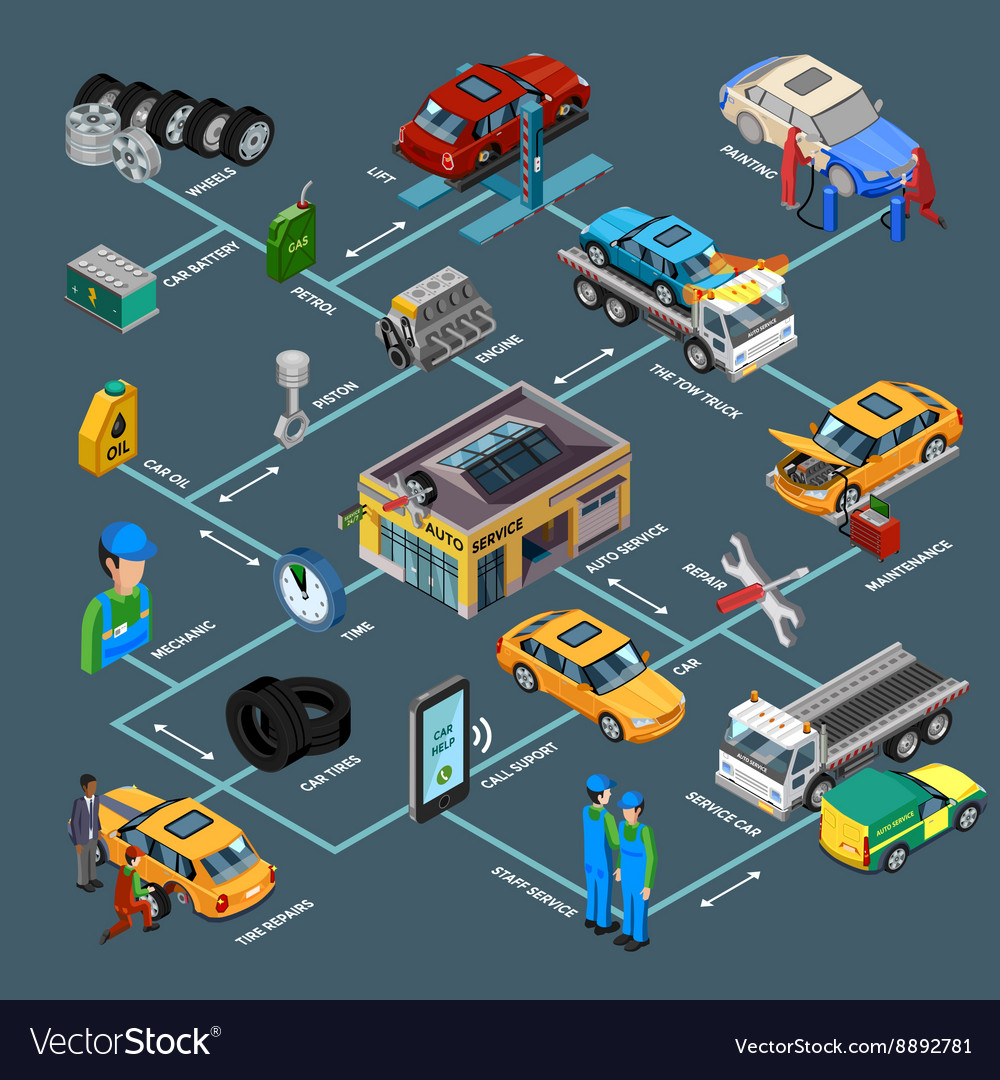Decoding Your Lorry'S Caution Indicators: What They Really Represent
Decoding Your Lorry'S Caution Indicators: What They Really Represent
Blog Article
Uploaded By-Termansen Torres
When you lag the wheel, those radiant caution lights on your control panel can be a little bit complicated. Do you know what they're attempting to tell you regarding your car's wellness? Recognizing the relevance of these lights is important for your security and the longevity of your car. So, go to this website of those lights turns up, would not you intend to analyze its message accurately and take the essential steps to resolve it?
Common Warning Lighting and Interpretations
Identify usual caution lights in your cars and truck and understand their significances to ensure safe driving.
One of the most normal warning lights consist of the check engine light, which indicates problems with the engine or emissions system. If this light begins, it's vital to have your car examined quickly.
The oil pressure alerting light suggests reduced oil stress, requiring prompt attention to prevent engine damages.
A blinking battery light may recommend a damaged charging system, potentially leaving you stranded otherwise resolved.
The tire stress tracking system (TPMS) light signals you to reduced tire pressure, impacting car security and fuel efficiency. Neglecting this might result in harmful driving problems.
The ABS light suggests a trouble with the anti-lock braking system, jeopardizing your capacity to stop swiftly in emergency situations.
Finally, the coolant temperature alerting light warns of engine overheating, which can lead to extreme damages otherwise dealt with quickly.
Understanding linked site will certainly aid you resolve concerns promptly and keep risk-free driving problems.
Significance of Prompt Attention
Recognizing the usual caution lights in your cars and truck is only the first step; the relevance of quickly dealing with these warnings can't be emphasized enough to guarantee your safety and security when driving.
When a caution light illuminates on your dashboard, it's your automobile's way of interacting a prospective issue that needs attention. Disregarding these cautions can result in a lot more severe issues later on, jeopardizing your security and potentially costing you extra out of commission.
Trigger interest to warning lights can protect against malfunctions and crashes. As an example, a blinking check engine light could show a misfire that, if left ignored, could cause damages to the catalytic converter. Addressing this quickly can save you from a pricey repair.
Likewise, a brake system warning light could indicate reduced brake liquid or worn brake pads, critical components for your safety when driving.
DIY Troubleshooting Tips
If you discover a caution light on your control panel, there are a few do it yourself troubleshooting ideas you can attempt before looking for professional help.
The very first step is to consult your auto's handbook to understand what the particular warning light suggests. Sometimes the issue can be as basic as a loosened gas cap causing the check engine light. Tightening up the gas cap may resolve the trouble.
One more usual concern is a reduced battery, which can cause numerous advising lights. Examining the battery connections for corrosion and guaranteeing they're secure may take care of the problem.
If a caution light persists, you can attempt resetting it by detaching the cars and truck's battery for a few minutes and after that reconnecting it. In addition, inspecting your automobile's fluid levels, such as oil, coolant, and brake fluid, can aid fix cautioning lights associated with these systems.
Conclusion
In conclusion, understanding your car's caution lights is crucial for maintaining your vehicle running efficiently and safely. By immediately addressing these alerts and recognizing what they indicate, you can stay clear of expensive repair work and potential failures.
Keep in mind to consult your auto's handbook for particular information on each warning light and do something about it appropriately to make sure a trouble-free driving experience.
Remain informed, stay secure when driving!
